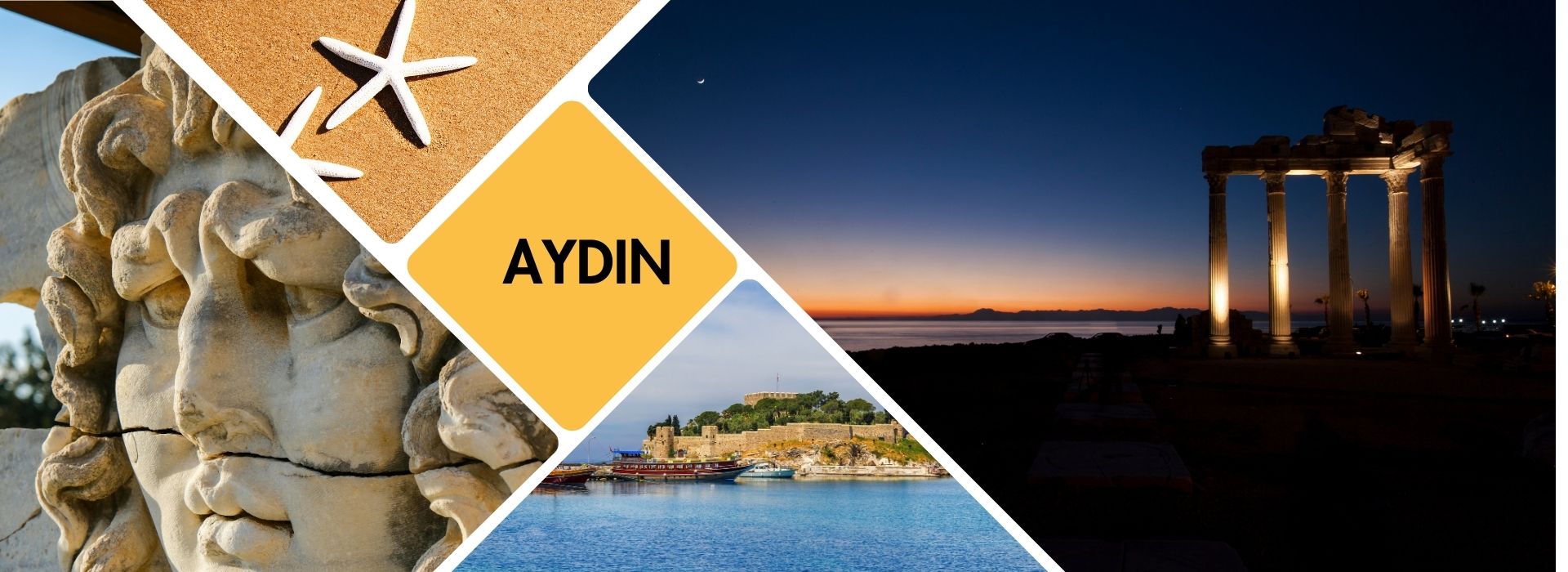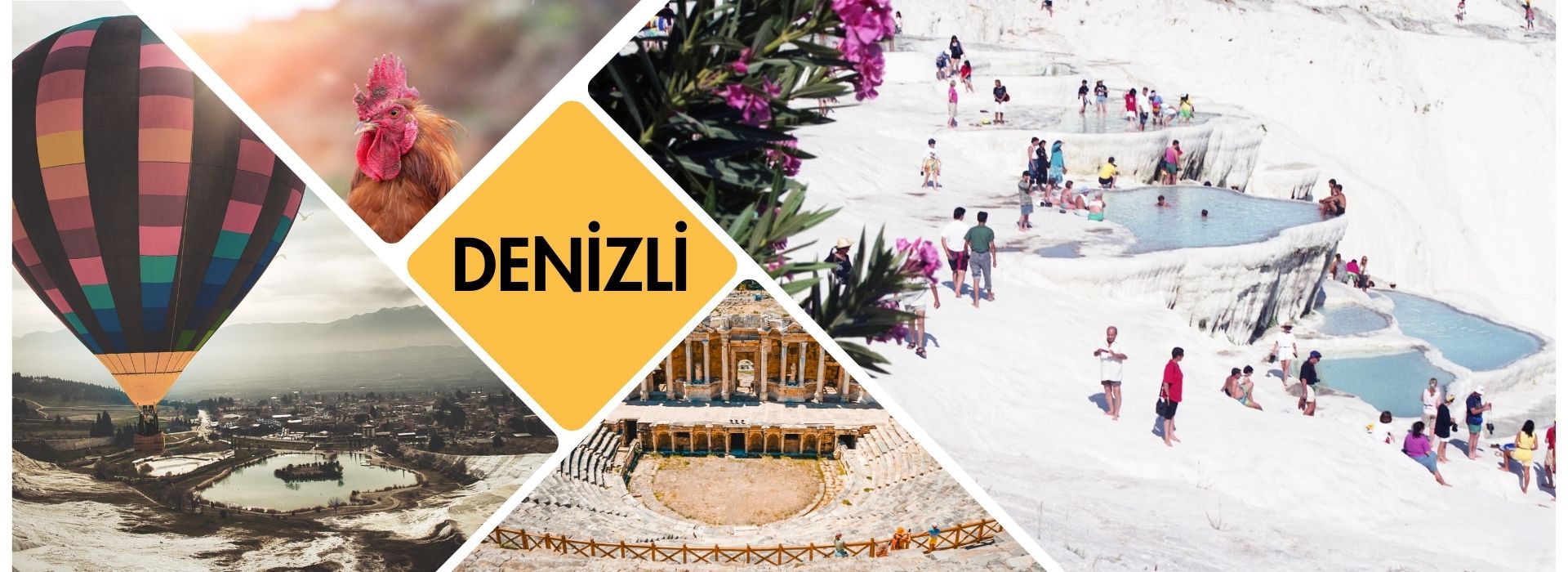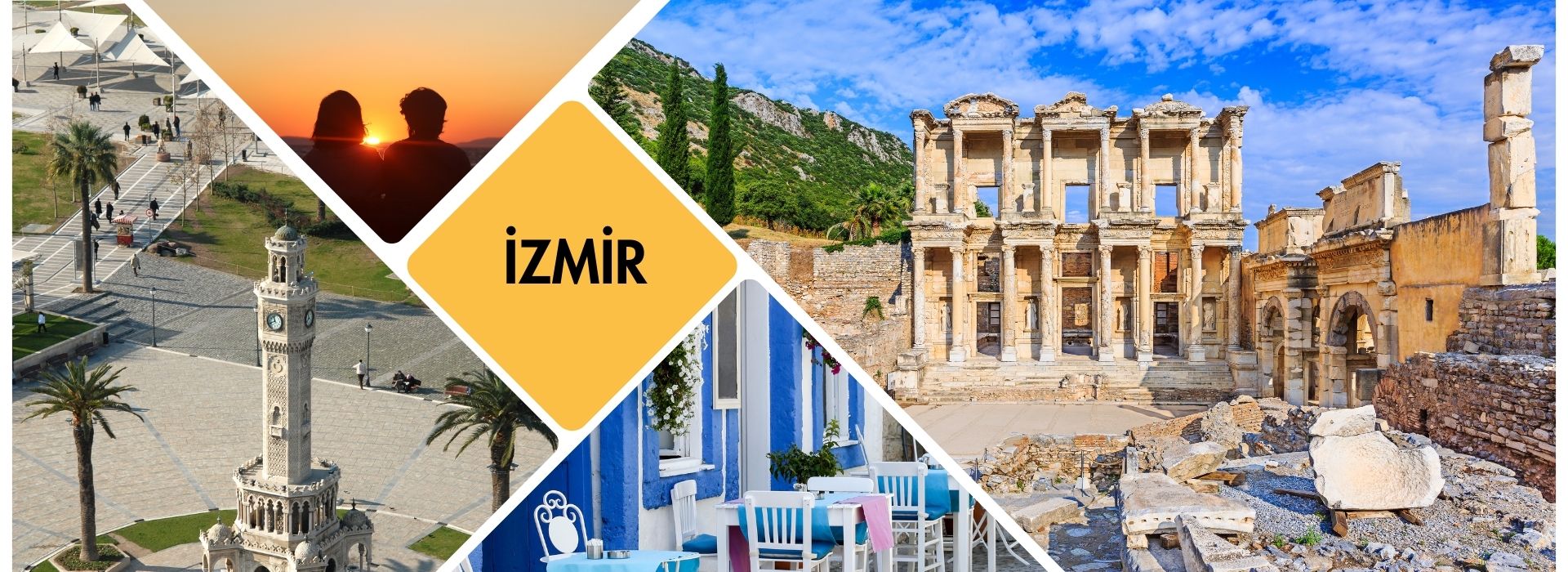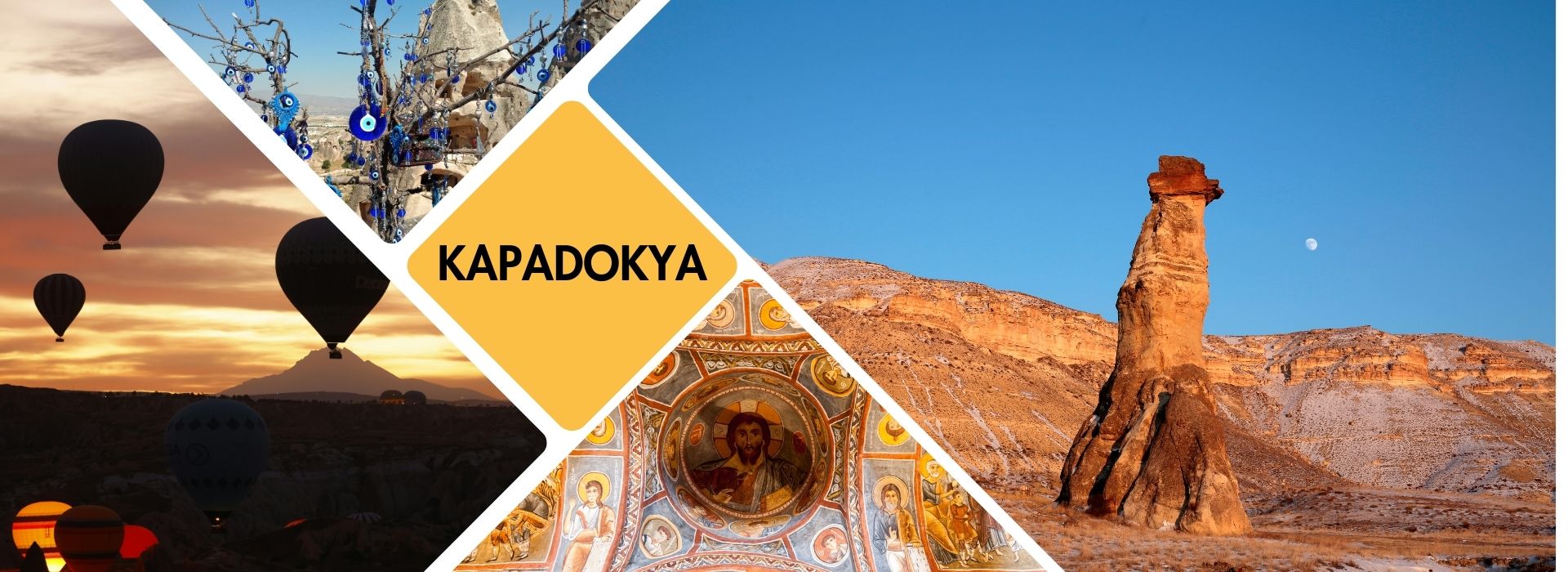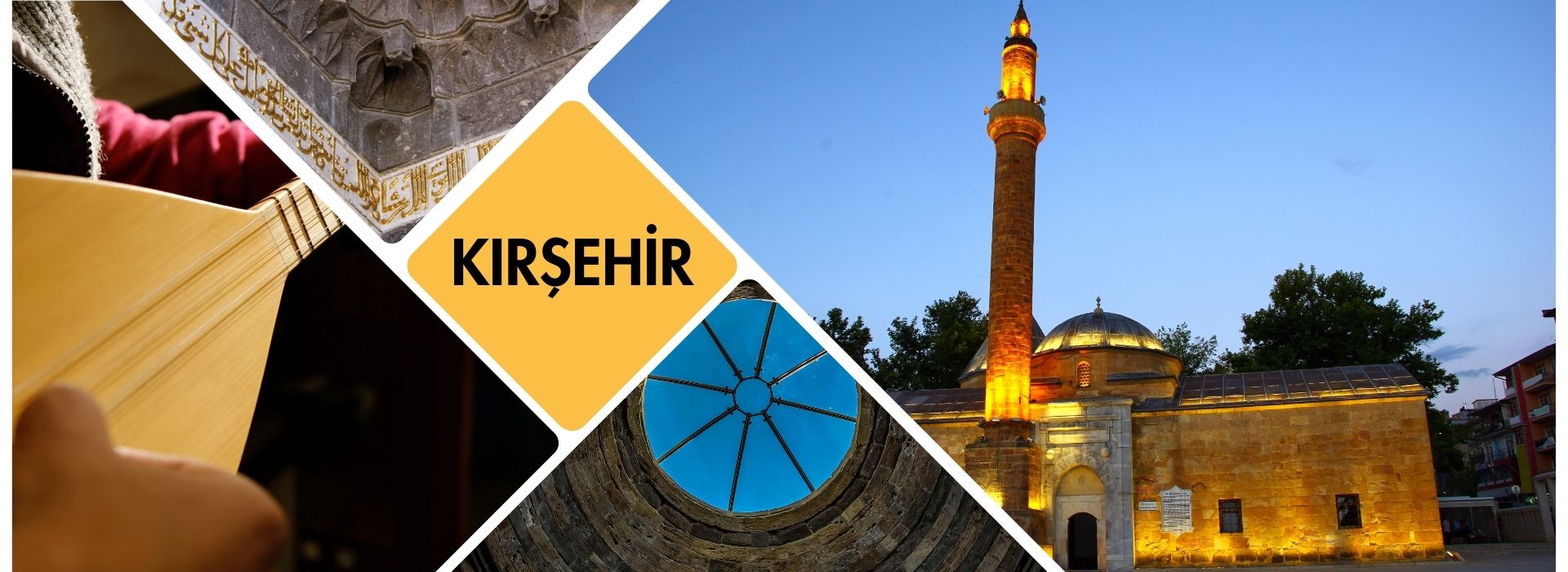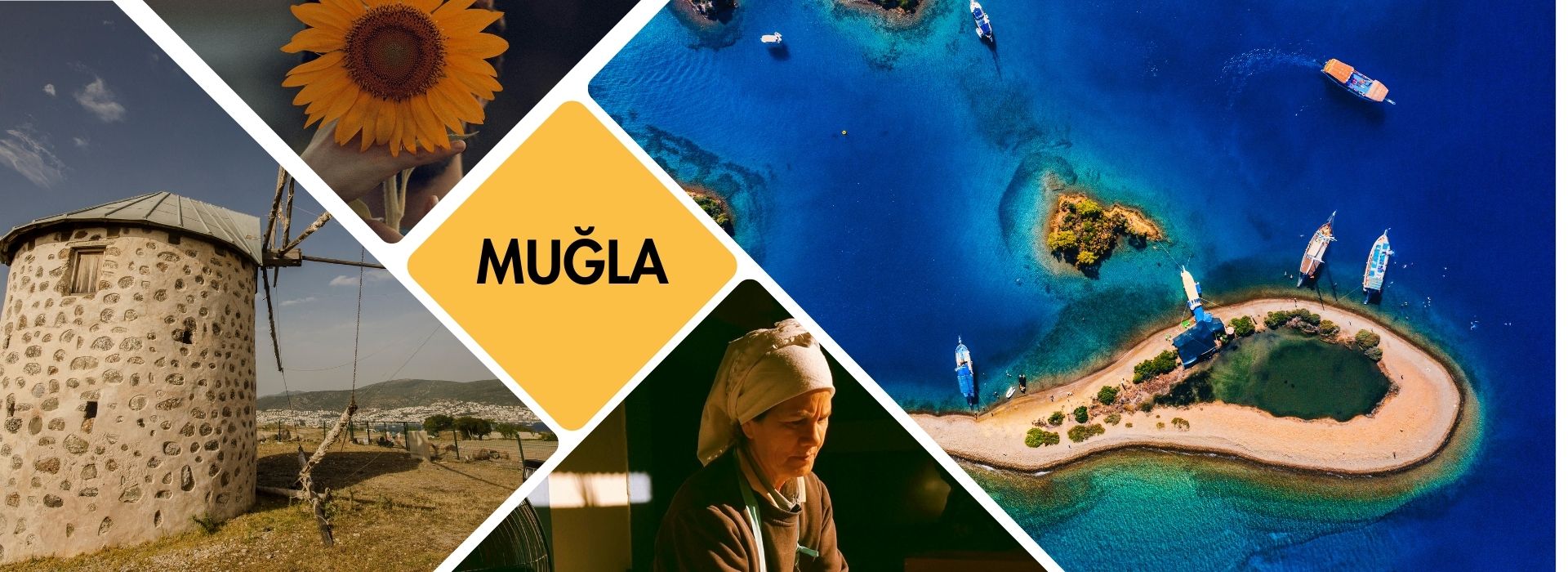

🕳️ The Underground Cities of Cappadocia: A Journey into the Depths of History
When we think of Cappadocia, the first images that come to mind are its fairy chimneys and dreamy balloon rides. But beneath this otherworldly landscape lies an equally fascinating and mysterious realm—the underground cities. These ancient subterranean settlements are not just architectural wonders, but also powerful symbols of survival, resilience, and faith.
🧭 How Many Underground Cities Are There?
While 36 underground cities in Cappadocia are currently open to visitors, experts estimate the total number may be between 150 and 200. Some of the most famous ones include:
- Derinkuyu
- Kaymaklı
- Özkonak
- Tatlarin
- Gümüşkent
- Mucur
- Örentepe
- Acıgöl
Each city holds its own secrets, construction methods, and historical relevance—waiting to be explored.
🏛️ Who Built and Lived in These Cities?
The history of Cappadocia’s underground cities stretches as far back as the 8th or 7th century BCE. While some were likely used by the Hittites, these spaces were most actively inhabited during the Byzantine era.
📜 Between the 5th and 10th centuries CE, Christian communities took refuge here to escape persecution from the Romans and later invasions from Arab and Sassanid forces. These underground shelters allowed them to live, worship, and stay safe—entire communities of up to 4,000 people lived beneath the earth.
🛠️ How Were the Underground Cities Built?
The construction of these massive structures was made possible by Cappadocia’s unique geology. The soft volcanic tuff rock allowed residents to carve deep into the earth.
🔹 Entrances were usually on the east, west, or south slopes—never facing the cold northern winds.
🔹 First levels often served as stables for animals. After tying up their livestock, people would descend to the living quarters.
🔹 Ventilation shafts up to 70–80 meters deep ensured fresh air flow.
🔹 Wells and underground water systems supplied drinking water.
🔹 Communication tunnels, around 10 cm in diameter and several meters long, connected the levels.
🔹 Candlelight illuminated the rooms, while traditional clay ovens were used for cooking.
🔹 Some historians believe residents preferred cold meals to avoid smoke giving away their location—but others point to soot stains in the chimneys as proof of active cooking.
🌀 Why Did People Live Underground?
Cappadocia’s harsh winters, religious persecution, and the need for protection gave rise to these incredible underground networks. The natural insulation offered by the earth made them cool in summer and warm in winter, providing a perfect living environment.
These cities served as shelters during wartime and homes during peace—a remarkable blend of necessity and ingenuity.
👣 Visiting the Underground Cities Today
Touring these ancient spaces is like traveling through time. As you walk through narrow corridors and descend into hidden chambers, you can imagine the lives once lived in this underground world.
🔍 Most popular sites include:
- Derinkuyu – The deepest underground city, extending nearly 60 meters.
- Kaymaklı – Known for its wide tunnels and expansive layout.
- Özkonak – Famous for its defensive features and secret passageways.
💡 With the Advisormapp mobile app, you can access detailed location information, ticket prices, and even audio guides for each underground site—available in multiple languages.
📲 Explore Cappadocia’s Depths with Advisormapp
Through the Advisormapp website and app, you can:
✔️ Find the exact location of each underground city
✔️ Learn about entrance fees and visiting hours
✔️ Listen to professional audio guides on-site
✔️ Book alternative activities like ATV tours, jeep safaris, or horseback rides if your schedule allows
🎯 Start your journey into Cappadocia’s underground wonders—above and below—with Advisormapp!


